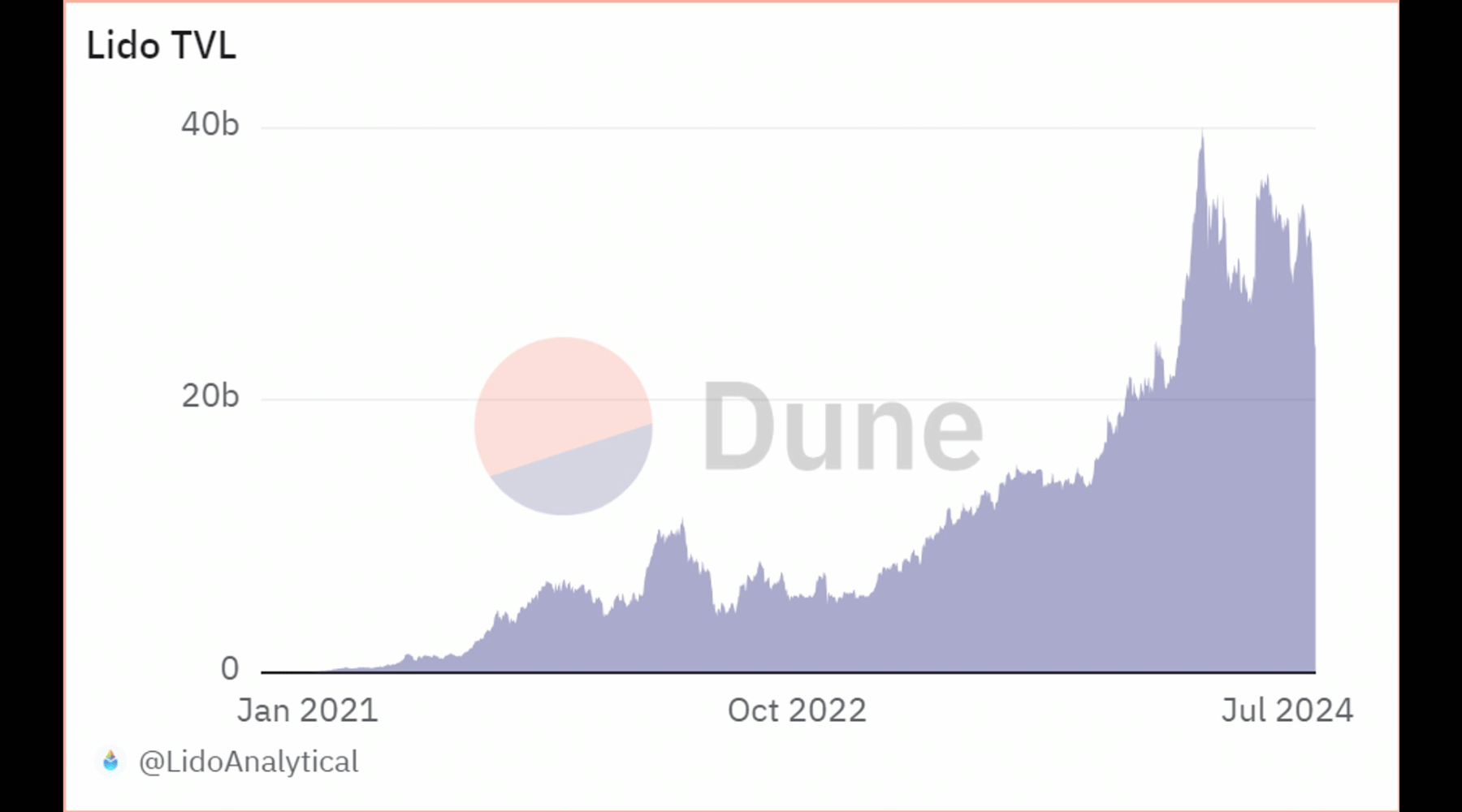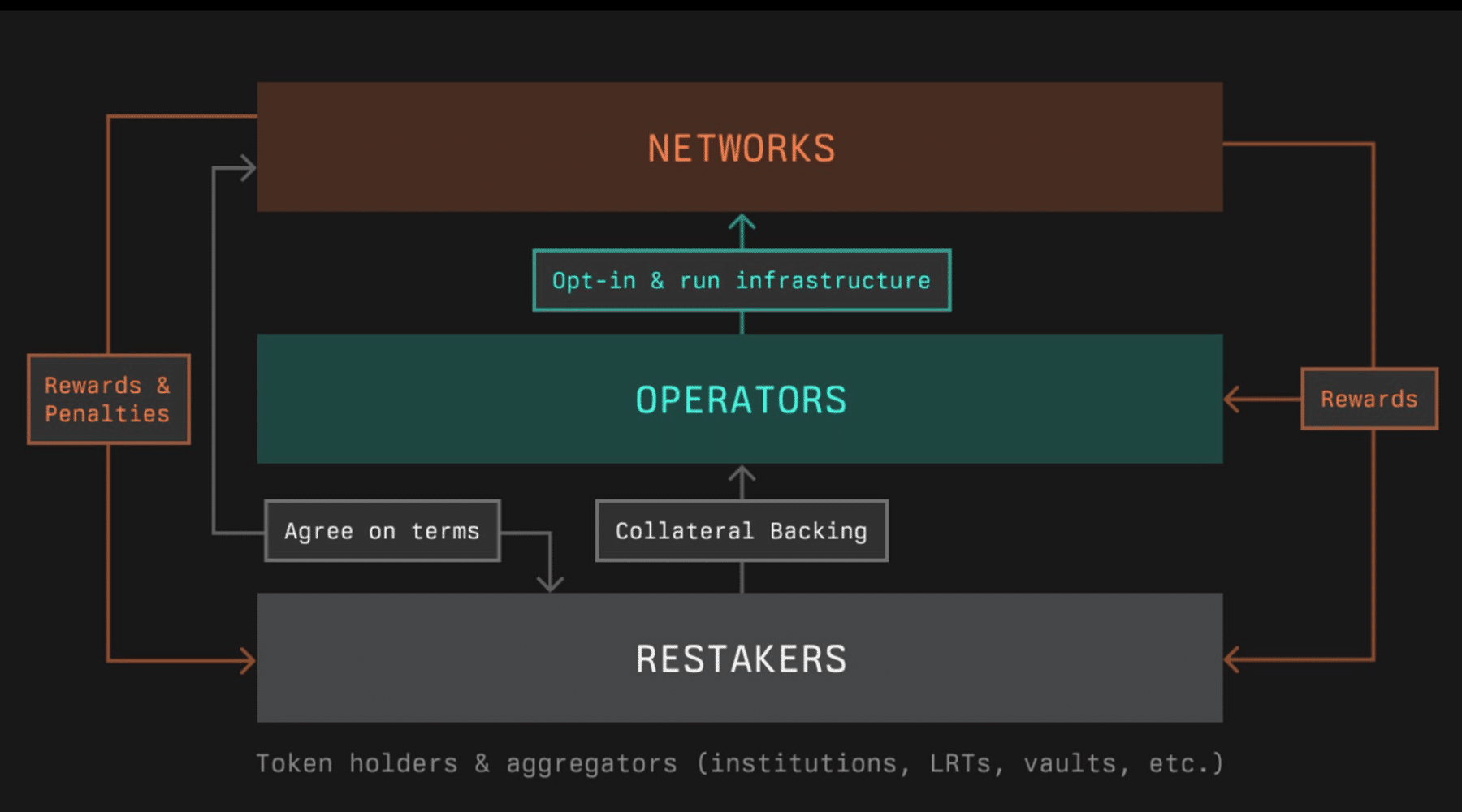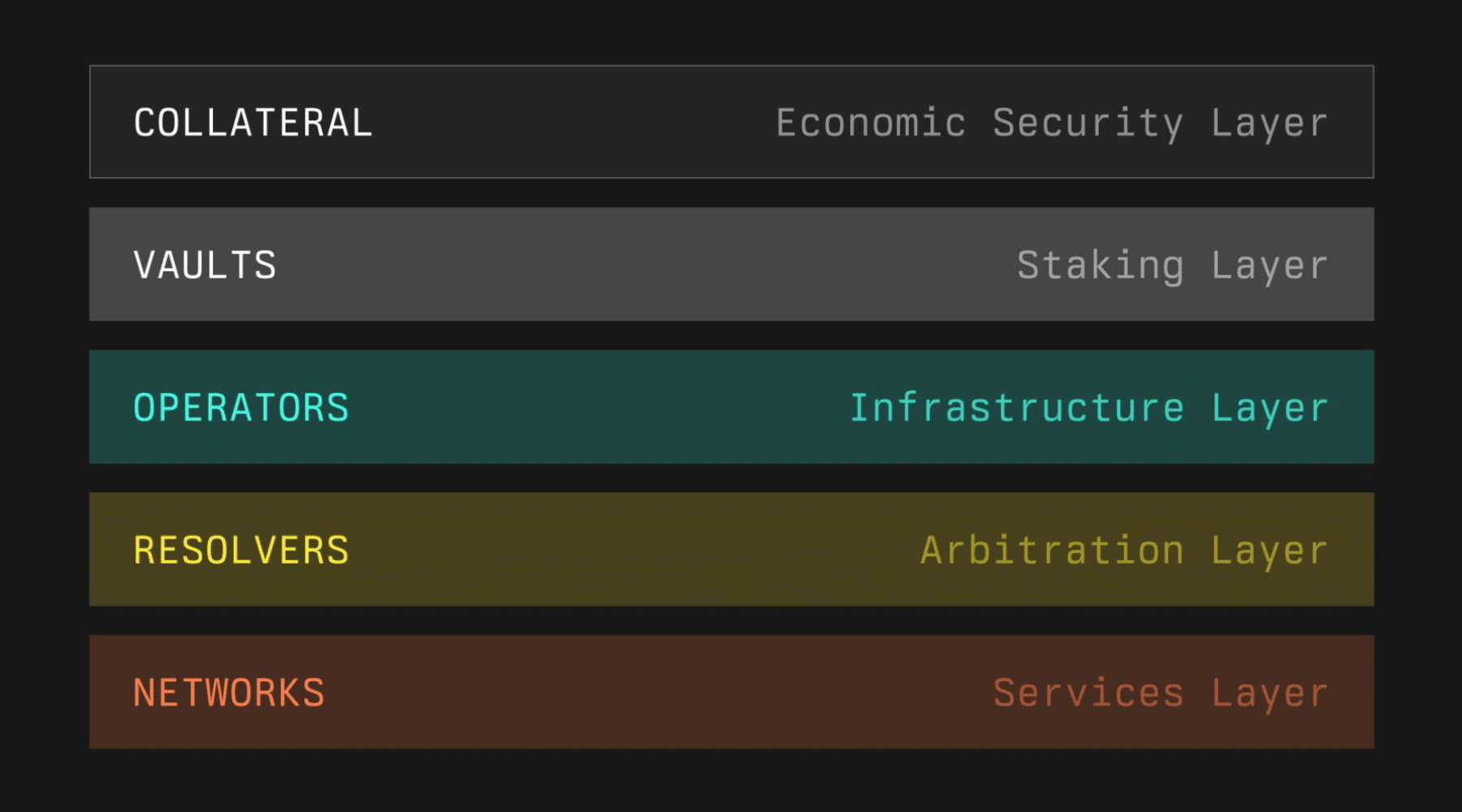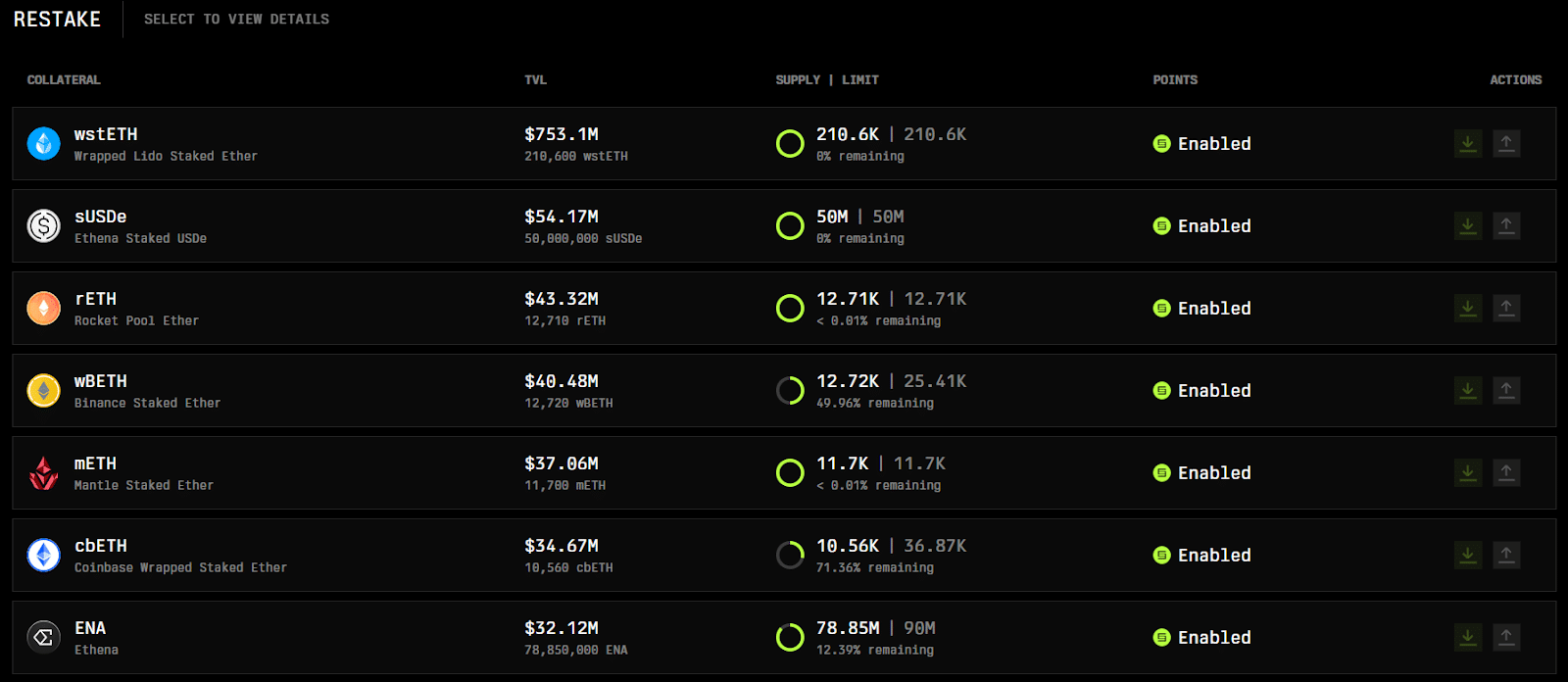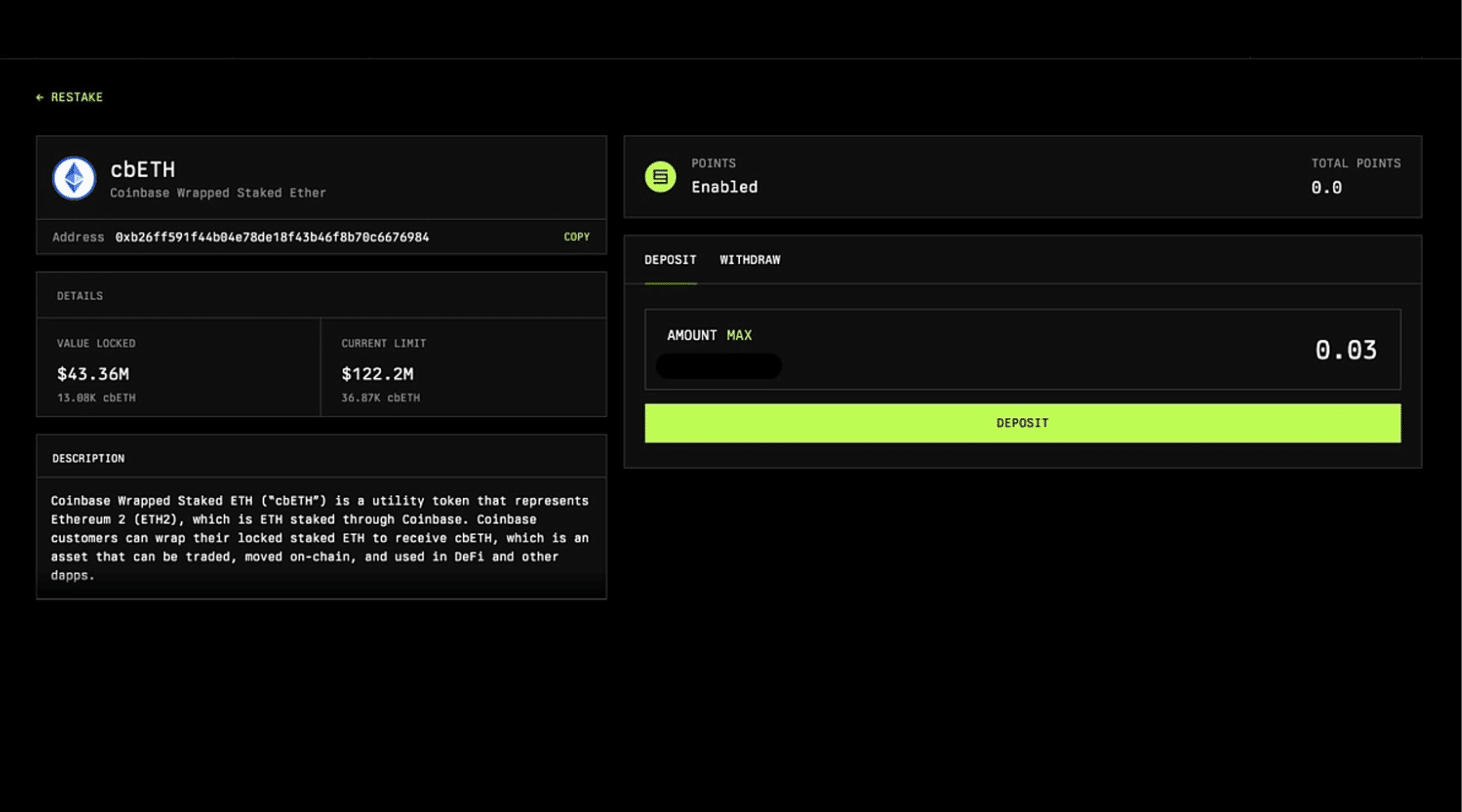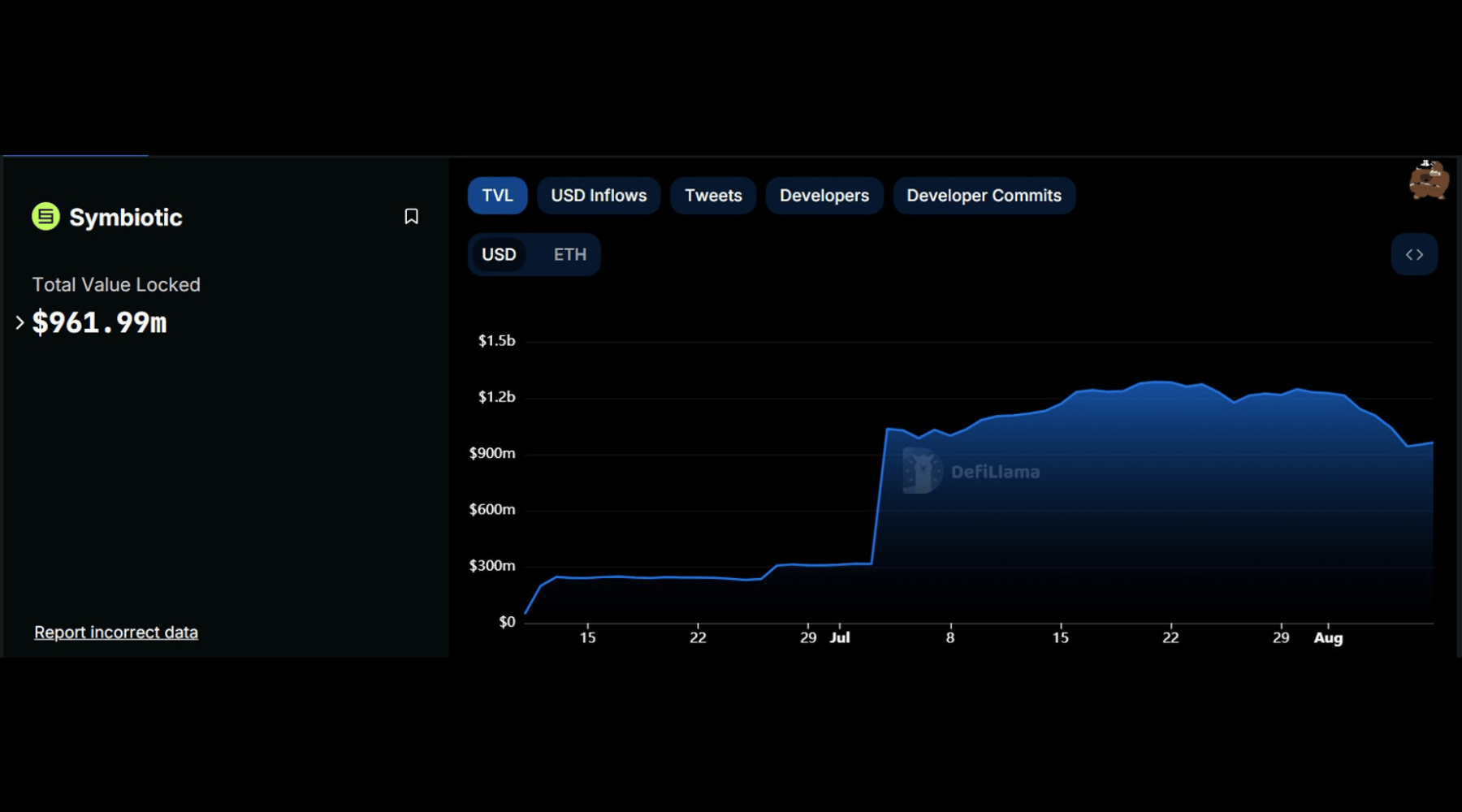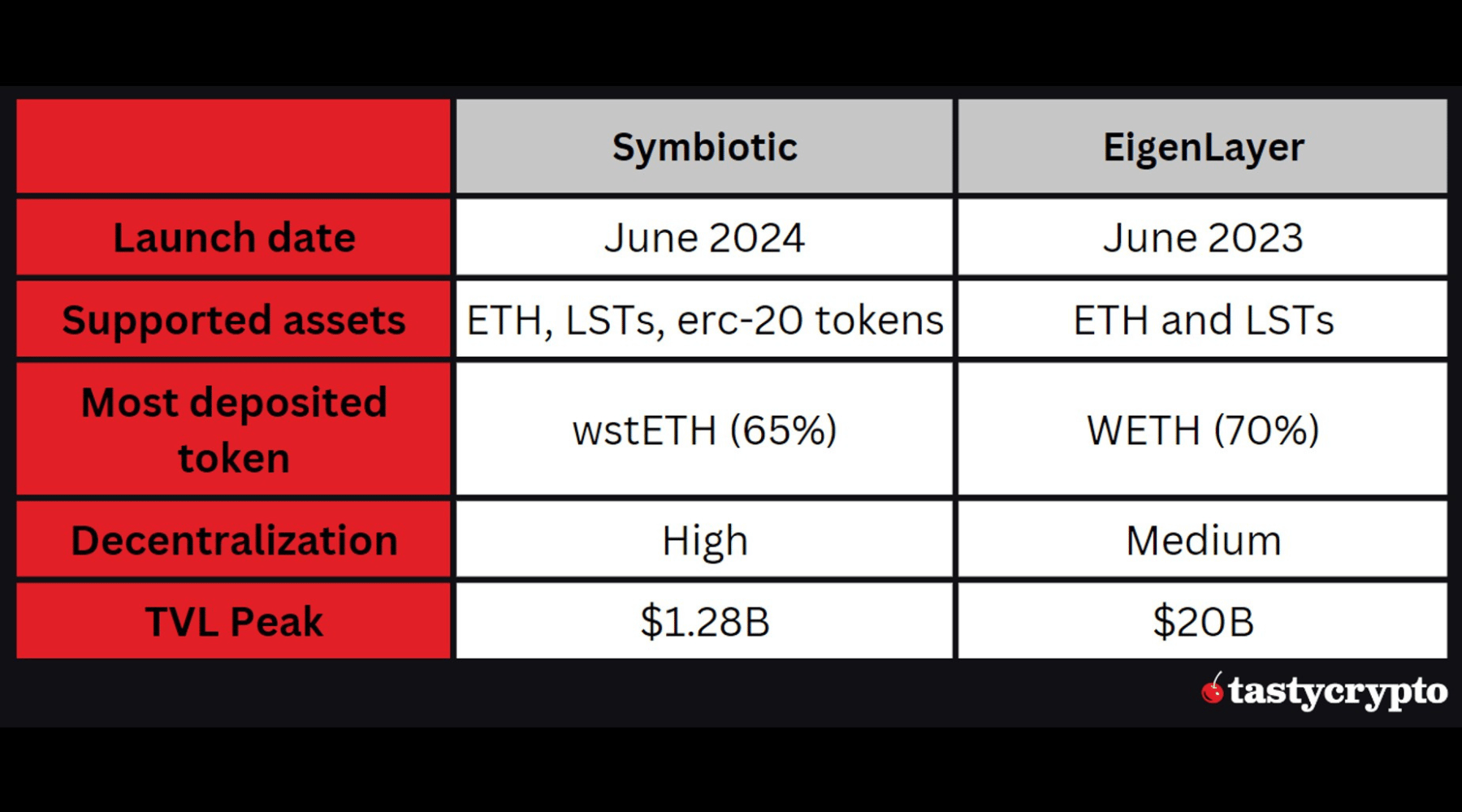Symbiotic is a decentralized restaking platform that enables users to stake ETH and other tokens to earn higher rewards. Read on to learn how it works.
Written by: Anatol Antonovici | Updated August 7, 2024
Fact checked by: Ryan Grace
Table of Contents
What Is Symbiotic?
Symbiotic is a decentralized restaking protocol for Ethereum (ETH). Many blockchain services see restaking as a way to leverage Ethereum’s security more directly. For ETH holders, restaking offers a passive income opportunity that provides greater rewards compared to regular staking.
The platform launched in June 2024 and is backed by Paradigm, the venture capital firm behind Lido – the largest liquid staking protocol.
If you are unfamiliar with restaking, let us first explain how staking works.
🍒 What Is Crypto Staking and How Does It Work?
What Is Ethereum Staking?
Ethereum initially used a Bitcoin-like Proof of Work (PoW) algorithm that required miners to expend computing power as part of the transaction validation process. In 2022, the second-largest cryptocurrency adopted the Proof of Stake (PoS) consensus model, where users stake ETH by locking it up as collateral for a certain period to earn rewards.
While the blockchain itself has a minimum deposit requirement of 32 ETH (worth $80,000 as of now) to become a node operator, regular ETH holders can stake with specialized services that pool capital from multiple users, lowering entry barriers.
These pools distribute the rewards proportionally among all depositors. However, they can also lose funds due to failing in their duties as validators (aka slashing penalties).
Liquid Staking and DeFi Yield Opportunities
Additionally, there are decentralized staking platforms that act as staking pools while also providing liquid staking tokens (LSTs) in exchange for the deposited ETH, allowing users to explore decentralized finance (DeFi) opportunities while staking.
The largest liquid staking protocol is Lido, which has nearly $30 billion worth of ETH staked with it.
Source: Dune
Lido stakers receive stETH in exchange for their ETH deposits, which can be further used in DeFi to generate additional yield and thus maximize potential gains.
What Is Ethereum Restaking?
Restaking is a concept introduced by EigenLayer, Symbiotic’s main rival.
In short, this process enables ETH stakers to earn additional staking rewards by letting blockchain services repurpose their ETH deposits to leverage Ethereum’s security. Instead of building their own crypto–economic security infrastructure from scratch, blockchain services can use the existing security of Ethereum (or other PoS chains).
Platforms like Symbiotic and EigenLayer act as middlemen between ETH stakers and blockchain services seeking to benefit from the mainnet’s security.
Both restaking platforms enable users to deposit ETH and LSTs to target higher rewards.
While Symbiotic focuses on Ethereum, it also offers permissionless restaking to other decentralized networks, such as Ethereum layer 2s.
How Does Symbiotic Work?
Symbiotic connects restakers with Ethereum-based services through an interface and has three main stakeholders:
- Restakers who aim for more generous rewards
- Networks and services that seek to repurpose staked ETH to integrate the mainnet security of Ethereum or other chains.
- Operators that connect restakers with the networks and run infrastructure for the latter.
Source: Symbiotic
These stakeholders operate across five key layers, forming the following architecture model:
- Collateral – this is the security layer of Symbiotic. Users can deposit ETH as well as other ERC-20 tokens, including LSTs.
- Vaults – this is Symbiotic’s restaking layer. The platform delegates collateral assets to operators across Ethereum and other supported chains. The collateral is operated via secure vaults that can be managed by liquid staking platforms like Lido, liquid restaking platforms (offering equivalent tokens in exchange for restaked tokens for DeFi use), or institutional holders.
- Operators – operators form the infrastructure layer.
- Resolvers – these entities act as arbitrators, passing or vetoing slashing penalties incurred by operators.
- Networks – finally, services use restaked tokens to unlock security on Ethereum or other supported chains. They benefit from great customization features, such as operator selection or the ability to define the reward size or penalize operators and their delegators (restakers).
Source: Symbiotic
How To Use Symbiotic Restaking?
While Symbiotic’s architecture may seem complex, the restaking process for regular ETH holders is straightforward. It involves these simple steps:
- Choose your assets to restake – Deposit ETH or a wide range of ERC-20 tokens and LSTs. LSTs can be obtained by depositing ETH on the respective liquid staking platforms, like Lido, earning rewards both from Lido and Symbiotic.
- Connect wallet – Go to the Symbiotic app and connect your non-custodial wallet.
- Choose restaking pool – Select the pool representing a particular token on the ‘Restake’ page. Some pools may reach maximum capacity and be unavailable.
Source: Symbiotic
Symbiotic’s total value locked (TVL) crossed the $1 billion mark within one month of its launch.
Source: DefiLlama
The TVL exploded on July 4, when token inflows reached a record $700 million.
As of this writing, wstETH, the wrapped version of Lido’s stETH, accounts for about two-thirds of all deposits. Coinbase’s cbETH comes next with a 10% share.
Source: DefiLlama
Symbiotic acts as the underlying layer for several liquid restaking protocols, such as Mellow LRT. Its ecosystem has expanded by integrating liquid restaking apps like Ether fi, which offer liquid restaking tokens (LRTs) in exchange for deposited funds.
Symbiotic vs EigenLayer
Lido once dominated the Ethereum staking market, but EigenLayer came out as an attractive alternative, with its TVL figure surging to $20 billion at the beginning of June 2024. In response, Paradigm developed Symbiotic to compete with EigenLayer and maintain Lido’s leading position by integrating it with Symbiotic.
Symbiotic is a multi-asset protocol that, unlike EigenLayer, allows users to deposit ERC-20 tokens.
What is Symbiotic?
Symbiotic is a decentralized restaking platform that allows users to stake ETH and other tokens to earn generous rewards while sharing Ethereum’s security with multiple blockchain services.
How can you earn rewards with Symbiotic?
Users earn rewards by depositing ETH or other ERC-20 tokens, including Liquid Staking Tokens (LSTs), through Symbiotic‘s app.
What are the risks of Symbiotic?
The main risk is the loss of funds due to penalties incurred by operators, although slashing incidents are very rare.
Does Symbiotic have a native token?
Symbiotic doesn’t currently have a native token. However, when restaking through the platform, users can earn points for a potential token airdrop in the future.
🍒 tasty reads


The Core Blockchain and DeFi Ecosystem: What You Need to Know

7 Best DePIN Crypto Projects

What Is Symbiotic and How Does It Work in 2024?

Ethereum vs Ethereum ETFs – 5 Major Differences




